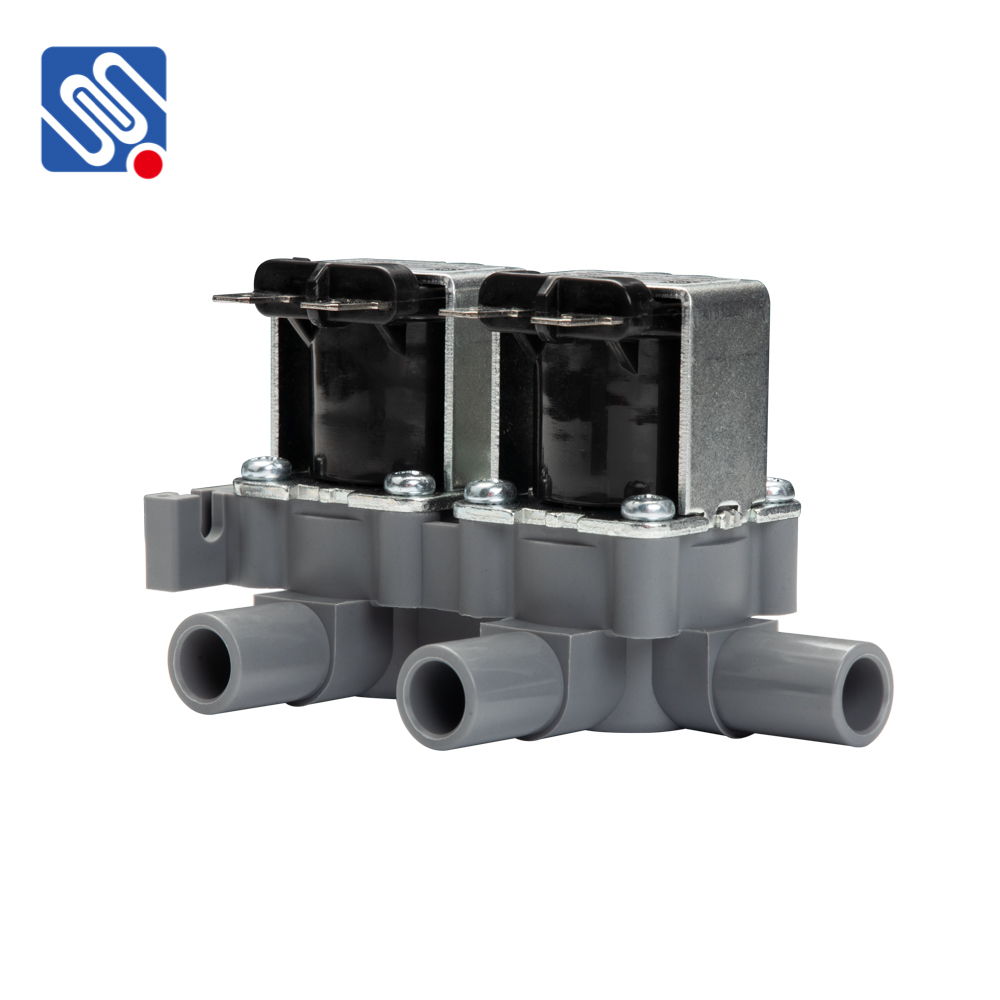A one way solenoid valve is a crucial component in many fluid control systems, designed to control the direction of flow by allowing fluid to flow in only one direction. These valves play an essential role in preventing backflow and ensuring that fluids move in a controlled, predictable manner. Whether used in pneumatic systems, hydraulic systems, or water treatment applications, the one way solenoid valve offers an efficient solution for fluid regulation and flow direction control.

Working Principle of One Way Solenoid Valves The primary function of a one way solenoid valve is to allow fluid flow in one direction while preventing it from reversing. This function is achieved using an electromagnetic coil that is integrated with the valve’s mechanical structure. At the heart of the solenoid valve is an electromagnet, which is powered by an electric current. When the electric current flows through the coil, it generates a magnetic field. This magnetic field moves a plunger or valve seat, either opening or closing the valve. The valve’s movement is directly influenced by the electrical signal, making it a highly efficient and precise control mechanism for fluid flow.
Leave a Reply